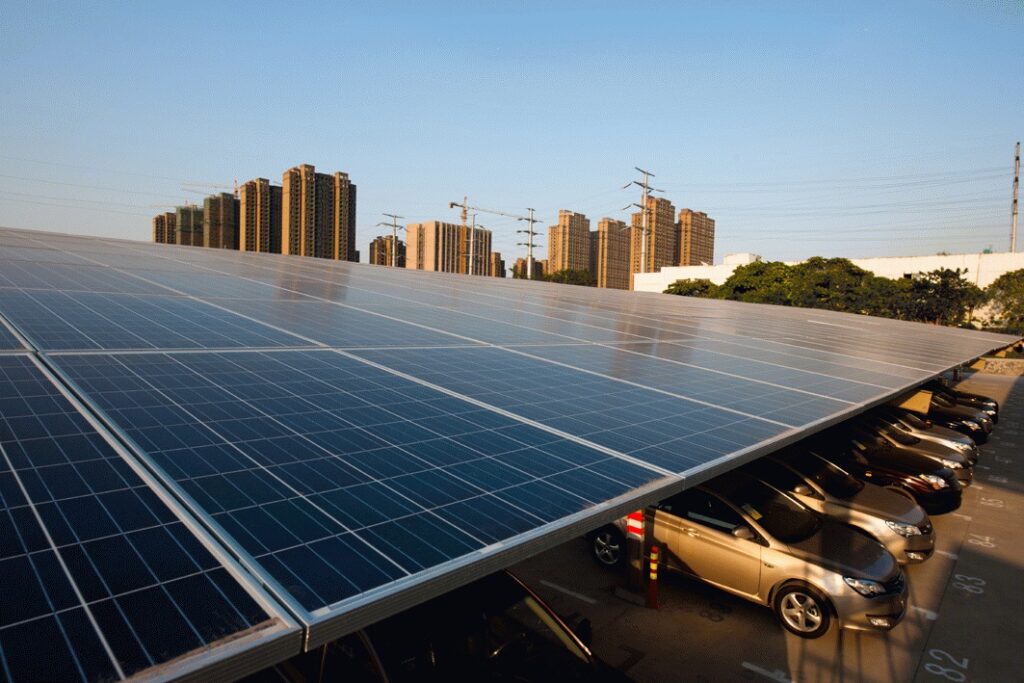When designing a distributed power station using solar panels, several specifications and considerations should be taken into account to ensure the optimal performance and reliability of the system.
- Solar Panel Type and Technology:
- Determine the type of solar panels you want to use, such as monocrystalline, polycrystalline, or thin-film, based on factors like efficiency, available space, and budget.
- Efficiency:
- Consider the efficiency of the solar panels. Higher efficiency panels can generate more electricity for the same surface area and are generally preferred for distributed power stations where space is limited.
- Power Rating (Wattage):
- Choose solar panels with an appropriate power rating (measured in watts, W) to meet the energy production goals of your power station. Consider factors like daily solar radiation and available installation area when determining the required wattage.
- Dimensions and Size:
- Evaluate the physical dimensions and size of the solar panels to ensure they fit the available installation space. Smaller or more compact panels may be preferred in limited space scenarios.
- Temperature Coefficient:
- Check the temperature coefficient of the solar panels. This value indicates how the panel’s performance will change with temperature fluctuations. Lower temperature coefficients are desirable for maintaining efficiency in varying climates.
- Durability and Warranty:
- Assess the durability and warranty of the solar panels. Look for panels with a long product warranty (typically 25 years) and good track record for reliability.
- Mounting and Installation Requirements:
- Consider the mounting and installation requirements of the chosen solar panels. Ensure they are compatible with your mounting system and installation location.
- Inverter Compatibility:
- Ensure that the selected solar panels are compatible with the inverters you plan to use. The inverter should be able to handle the voltage and current output of the panels.
- Shading and Bypass Diodes:
- If shading is a concern, choose solar panels with bypass diodes. These diodes help minimize power loss when sections of the panel are shaded.
- Aesthetics:
- Consider the visual appearance of the solar panels if aesthetics are important for your distributed power station. Some panels have a sleeker, more visually appealing design.
- Budget:
- Evaluate the cost of the solar panels and ensure they align with your budget for the distributed power station project.
- Local Regulations and Codes:
- Ensure that the selected solar panels meet local building codes, safety regulations, and environmental standards.
- Environmental Impact:
- Consider the environmental impact of the solar panels, including factors like the materials used in their construction and their end-of-life disposal or recycling options.
- Maintenance Requirements:
- Assess the maintenance requirements of the chosen solar panels. Some panels may require more frequent cleaning or maintenance than others.
It’s crucial to conduct a detailed analysis of your specific distributed power station project, including site assessment, energy production goals, and budget constraints, to determine the most suitable solar panel specifications for your needs.


